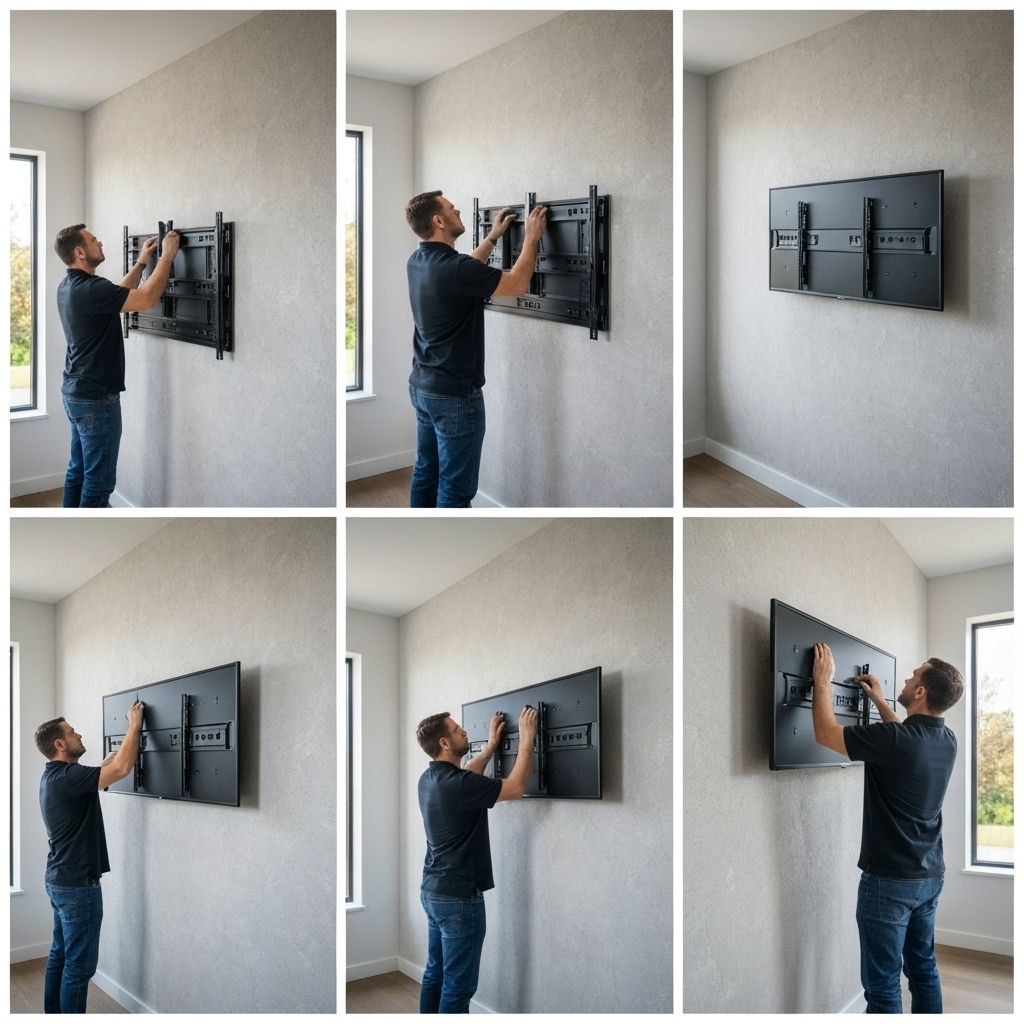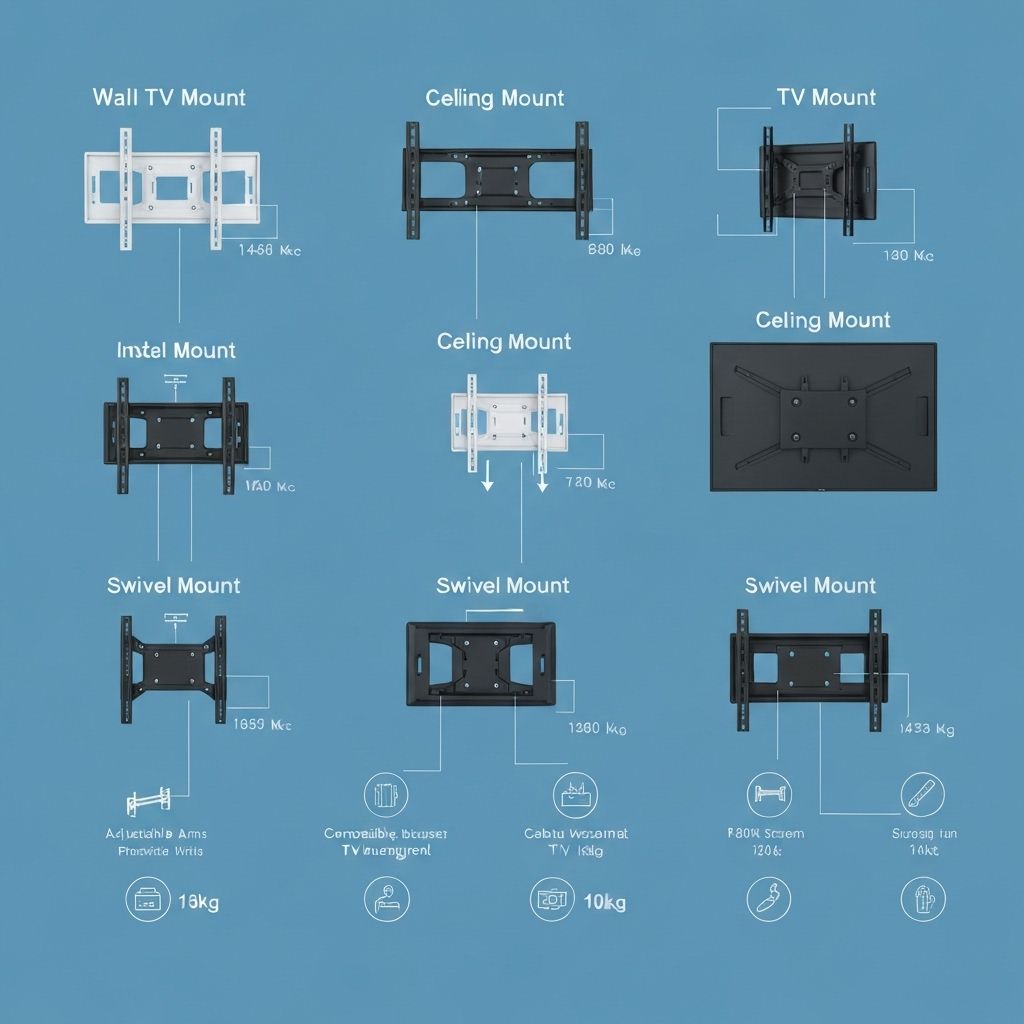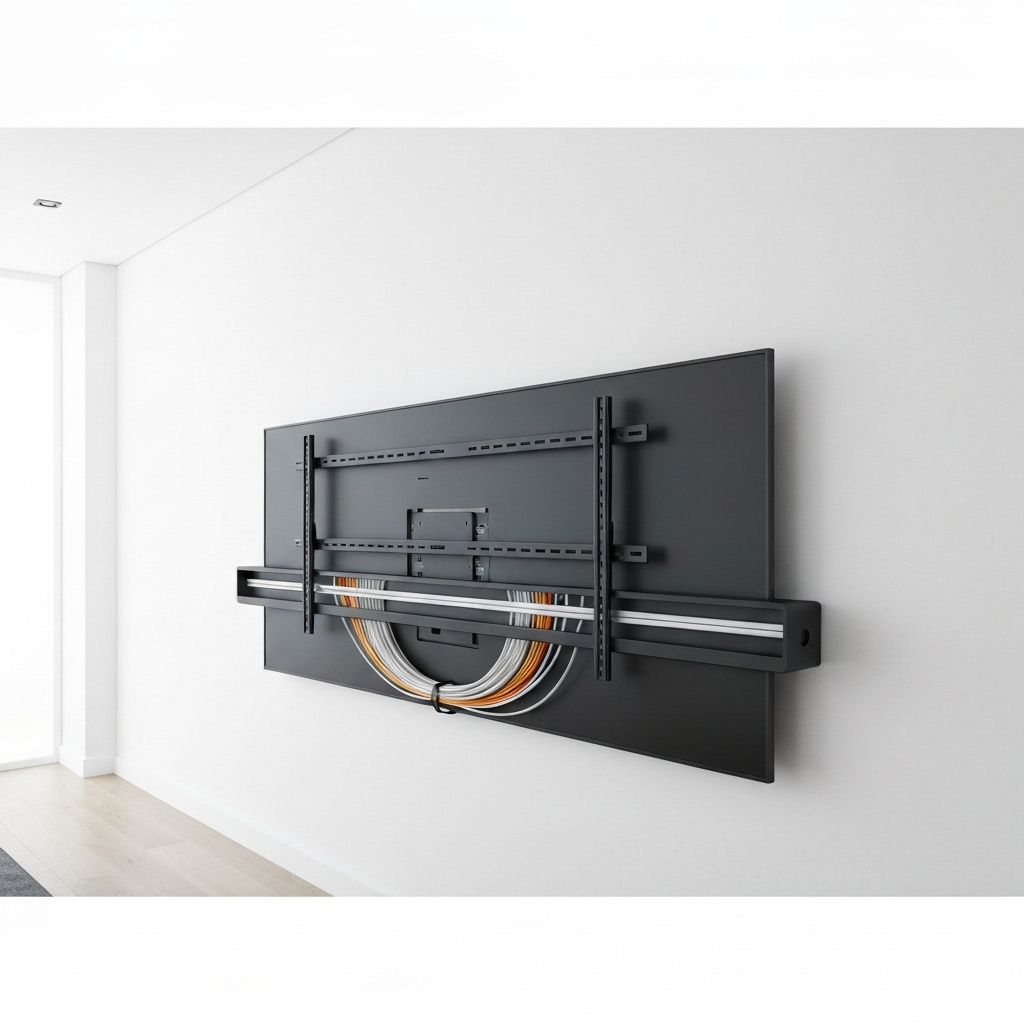
The Ultimate Guide to TV Wall Mounting
Published on March 15, 2024
Wall mounting your TV is one of the best ways to create a clean, modern look in your living space while optimizing your viewing experience. Whether you're setting up a home theater or simply want to save floor space, proper tv wall mounting can transform your room.
Understanding TV Mount Types

There are several types of TV mounts available, each designed for different needs and preferences. Fixed mounts keep your TV flush against the wall, tilting mounts allow you to angle the screen up or down, and full-motion mounts provide maximum flexibility with swivel and extension capabilities.
Finding the Perfect Height
The ideal TV mounting height depends on your seating arrangement and room layout. Generally, the center of the screen should be at eye level when you're seated. For most living rooms, this means mounting the TV so the center is about 42-48 inches from the floor.
TV Mounting Service Comparison
Locating Wall Studs
Proper stud location is crucial for a secure mount. Use a stud finder to locate the wooden beams behind your drywall. Most studs are spaced 16 or 24 inches apart. Always mount your TV bracket directly into studs for maximum support and safety.
Cable Management Solutions

Clean cable management is essential for a professional look. Consider using in-wall cable concealment kits, cable raceways, or hiring a professional to run cables through the wall. This keeps your installation looking neat and prevents cable clutter.
Professional Installation Benefits
While DIY mounting is possible, professional installation ensures your TV is mounted safely and securely. Experts have the right tools, experience with different wall types, and can handle complex cable routing. Learn more about professional tv mount installation services.
Common Mistakes to Avoid
Avoid mounting your TV too high, which can cause neck strain. Don't skip the stud finder and rely on drywall anchors alone for heavy TVs. Always check the weight capacity of your mount and ensure it matches your TV's specifications. Taking shortcuts can lead to damaged walls or, worse, a fallen TV.
Pro Tip:
Before drilling any holes, use painter's tape to mark the mount location and step back to visualize the final placement. This simple step can save you from costly mistakes.
With the right preparation and technique, wall mounting your TV can be a straightforward process that dramatically improves your viewing experience and room aesthetics. Whether you choose to DIY or hire a professional, following these guidelines will help ensure a successful installation.